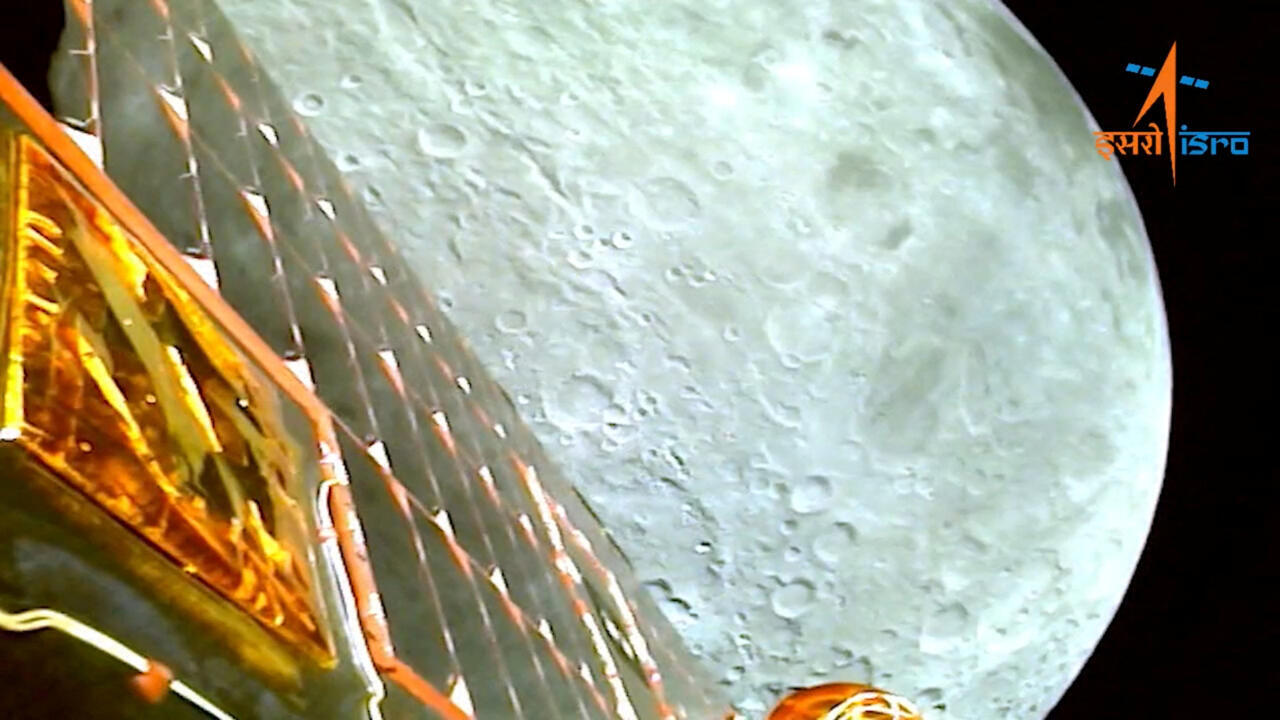Of all the things to kick-start industry on another planet, isn’t a nuclear fucking plant the most complex?
I’m sure that money couldn’t be better spent. It’s not like there are hundreds of millions of Indians living in horrific levels of poverty.
I can imagine a rocket full of plutonium and uranium rods, sitting above immense tanks of combustible liquid: what the odds of such a rocket exploding during ascent? What are the effects of solar and cosmic radiation energy over these rods (even if they’re lead shielded), especially around Van Allen radiation belt? So many questions.
We’ve been launching nuclear reactors into space for decades (mostly RTGs) they’re just much smaller. There isnt any chance of them exploding or anything when exposed to radiation, but yes the chance of the rocket failing, exploding and showering radioactive material over the ocean is why this has to be done incredibly carefully if it is done.
According to my searches, while a RTG uses radioactive material weighting in the scale of kilograms (average of 5 Kg across missions such as Voyager and Cassini), a nuclear power plant requires several tonnes worth of plutonium and enriched uranium. The minimal critical mass for plutonium is 10kg, the double of how many fuel RTGs hold (that’s why RTGs don’t blow while ascending and/or on space). It’s a large difference of mass/weight between RTG fuel and rods for nuclear power plants. They’d need to carry the whole tonnes worth of radioactive material split across very small quantities (which would require a lot of lead walling and/or launches)
Cold War II: Lunar Nuclear Boogaloo
how would you even start with the cooling? that sounds like a nightmare
Heat pipes running to radiators in vacuum is how you do it in space. It’s efficient and scaleable, though it hasn’t ever been done on an industrial scale. Definitely doable though. Considering the temperature on the moon is a balmy -270°C
If you have enough ice, you evaporate it.
If not, heat pump/ sink into basalt probably.
… That’s a very good point actually. Vacuums are rather insulating. Without convection cooling from a fluid, you’re relying on radiative heat transfer for cooling, and that’s piss poor.
Only operate when your side of the moon is dark or even near the poles where it can be coldest? I’m not sure what the plan is for daytime operations since it apparently gets really hot.
No atmosphere up there to insulate so the temperatures fluctuate to extremes
Unfortunately you can’t really turn off a nuclear reactor.
Russians: “Sure you can, it’s just this red button right here…”
No atmosphere means very little thermal radiation is pulled from radiators.
I imagine the best bet would be to drill into the surface of the moon and sink your radiators into the ground, fill the gaps with a material that transfers heat well.
Easiest version of that would probably be to lay the radiators on or just below the surface and bury them in a regolith concrete mixture of some sort. Probably not as efficient as drilling straight in, but way less complicated I imagine.
It’s to server as a power source for a potential moon base, apparently.
Ohh, I was confused because I assumed the power would somehow be transported to Earth, which seems rather inefficient.
Later:
Ukraine’s controversial but wildly successful fledgling domestic space program has successfully landed exo-atmospheric tactical drones on the moon and destroyed crucial construction components of Russia’s moon reactor facility, forcing many to question if it’s feasible to continue the project
Onion worthy
I’m not sure this is a great idea.










